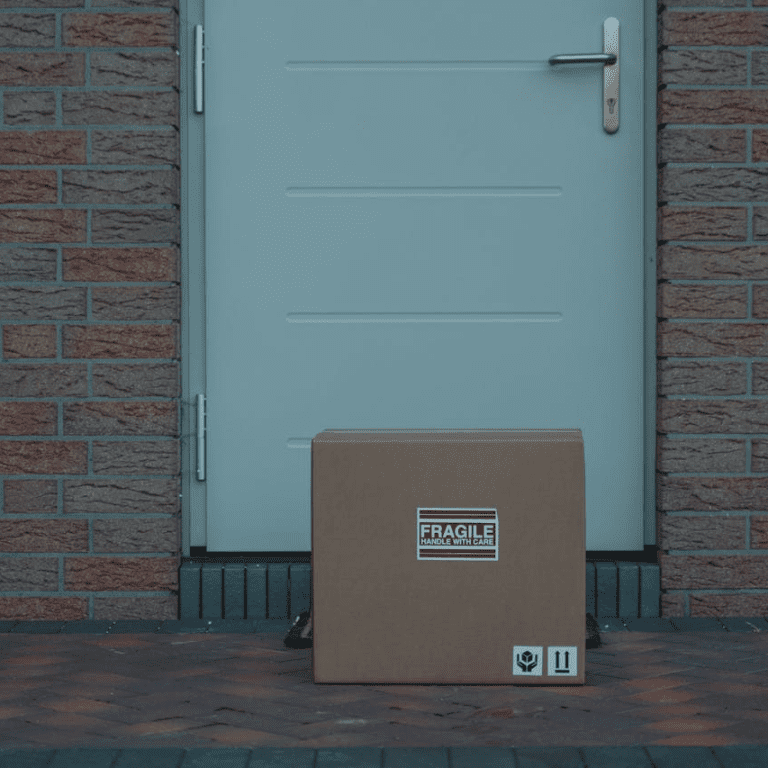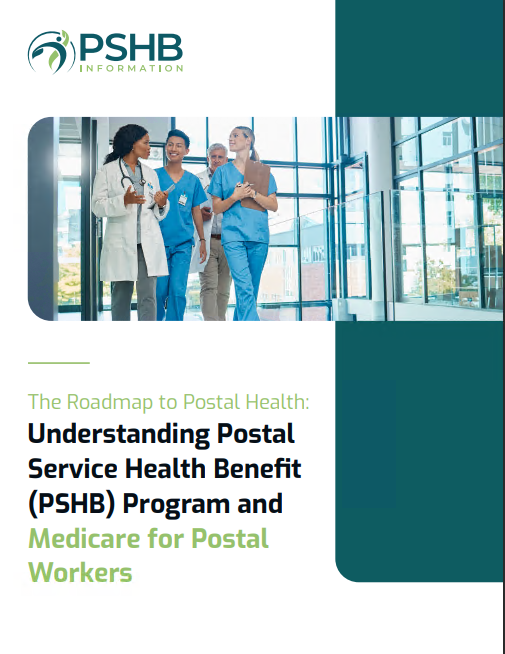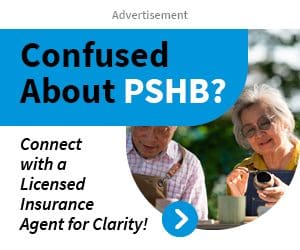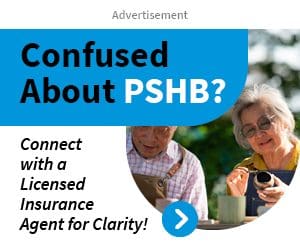Key Takeaways
- USPS retirees face significant changes with the shift from the Federal Employees Health Benefits (FEHB) to the Postal Service Health Benefits (PSHB) program.
- Navigating the intersection of Medicare and PSHB can be challenging, but careful planning ensures retirees get the most out of their healthcare benefits.
The Untold Story of Medicare and USPS Health Benefits: Are Retirees Getting Left Behind?
As USPS workers prepare for retirement, many questions arise about their healthcare benefits. With major changes in the works, such as the transition to the Postal Service Health Benefits (PSHB) program, it’s essential for retirees to understand how Medicare fits into the picture. For decades, the Federal Employees Health Benefits (FEHB) program provided comprehensive coverage, but now, retirees are faced with a new set of rules and considerations. Are USPS retirees getting the healthcare coverage they deserve, or are they being left behind in a complex system?
Understanding the Postal Service Health Benefits (PSHB) Program
The Postal Service Health Benefits (PSHB) program represents a significant shift for USPS retirees. This program was created as part of the Postal Service Reform Act of 2022, which mandated a transition away from the traditional Federal Employees Health Benefits (FEHB) system. The PSHB will become the primary health insurance provider for postal workers and retirees, replacing FEHB coverage by 2025.
For retirees, the PSHB program brings a mix of opportunities and challenges. Unlike FEHB, the PSHB will integrate with Medicare, which means that retirees over the age of 65 must enroll in Medicare Parts A and B to be eligible for full coverage under PSHB. This change requires careful planning and an understanding of how the two systems work together.
Medicare and USPS Retirees: What’s Changing?
The integration of Medicare and the PSHB program is perhaps the most significant change retirees will face. Under the new system, retirees will need to enroll in both Medicare Part A (hospital insurance) and Part B (medical insurance) to maintain their PSHB coverage. For retirees who are already enrolled in Medicare, this may not seem like a big deal. However, those who have relied solely on FEHB and opted out of Medicare in the past could face new financial and coverage considerations.
Will Medicare Enrollment Be Mandatory?
Yes, enrollment in Medicare Parts A and B will be mandatory for USPS retirees under the PSHB program. Retirees who fail to enroll in Medicare could face a gap in coverage or be left paying higher premiums for their PSHB plan. This requirement means that retirees must be proactive about enrolling in Medicare during their Initial Enrollment Period (when they turn 65) or risk penalties later on.
While mandatory Medicare enrollment is a new development for many USPS retirees, it’s important to recognize that Medicare provides valuable coverage that complements PSHB benefits. Medicare Part A covers hospital stays and skilled nursing care, while Medicare Part B helps with doctor visits, outpatient care, and preventive services.
How Will PSHB and Medicare Work Together?
For USPS retirees, Medicare and PSHB will work hand in hand to provide comprehensive healthcare coverage. Medicare will act as the primary payer, while PSHB will serve as the secondary payer, covering costs that Medicare doesn’t. This coordination of benefits can reduce out-of-pocket costs for retirees, as PSHB plans are designed to complement Medicare’s coverage.
Under this system, retirees with Medicare Parts A and B will likely experience fewer gaps in coverage and lower costs for medical care. For instance, when Medicare covers 80% of a medical expense, the PSHB plan may cover the remaining 20%, ensuring retirees are not burdened with large bills.
The Challenge for Pre-65 Retirees
One of the challenges USPS retirees will face under the PSHB system is the gap in coverage for those who retire before they are eligible for Medicare. Retirees under 65 will still need to rely on their PSHB plan alone, which may not offer the same level of coverage as when paired with Medicare. This could mean higher premiums or out-of-pocket costs for early retirees, making it essential to plan for healthcare expenses during this period.
What About Prescription Drug Coverage?
Prescription drug coverage is another area where USPS retirees need to pay close attention. Under the PSHB program, retirees will likely receive prescription drug coverage through their health plan, but Medicare-eligible retirees may also need to consider enrolling in Medicare Part D, the prescription drug plan.
The coordination between PSHB and Medicare Part D will be crucial to avoid any coverage gaps or duplicate coverage. Retirees should carefully review their PSHB plan to understand what prescription drugs are covered and whether a separate Part D plan is necessary.
Navigating the Transition: What USPS Retirees Need to Know
Transitioning to the PSHB program can feel overwhelming, especially with the added complexity of Medicare integration. However, there are several steps retirees can take to ensure a smooth transition and make the most of their benefits:
1. Enroll in Medicare on Time
As Medicare becomes a mandatory part of the PSHB program, timely enrollment is critical. Retirees should make sure to enroll in Medicare Parts A and B during their Initial Enrollment Period to avoid late enrollment penalties and ensure they have the coverage they need.
2. Understand Your PSHB Plan Options
Once the PSHB program is fully implemented, retirees will have several plan options to choose from. It’s important to review these options carefully, considering factors such as monthly premiums, out-of-pocket costs, and network providers. Retirees should also compare how each plan works with Medicare to make sure they choose the best coverage for their needs.
3. Plan for Pre-65 Coverage
For retirees under the age of 65, it’s important to plan for healthcare expenses during the gap period before Medicare enrollment. This may mean budgeting for higher premiums or out-of-pocket costs or considering alternative coverage options during this time.
4. Take Advantage of Preventive Services
Both Medicare and PSHB plans offer a range of preventive services, such as annual wellness visits, screenings, and vaccines. Retirees should take advantage of these services to maintain their health and catch any potential issues early, which can help reduce healthcare costs in the long run.
Are USPS Retirees Getting Left Behind?
While the shift from FEHB to the PSHB program brings changes, it doesn’t necessarily mean USPS retirees are being left behind. However, the complexity of navigating both Medicare and PSHB requires careful attention and proactive planning. The mandatory enrollment in Medicare Parts A and B could catch some retirees off guard, particularly those who have relied solely on FEHB in the past.
That being said, the new PSHB program offers benefits designed to work seamlessly with Medicare, potentially providing comprehensive coverage at lower costs for retirees. USPS retirees who stay informed and make timely decisions about their healthcare options can still enjoy robust benefits under the new system.
What’s Next for USPS Retirees?
As the Postal Service Health Benefits program becomes fully operational by 2025, USPS retirees will need to stay up to date on the latest developments and changes to their healthcare options. It’s important to regularly review plan materials, attend informational sessions, and seek advice from licensed insurance agents who can help retirees navigate the new landscape of healthcare benefits.
With the right preparation, USPS retirees can ensure they are not left behind and can continue to receive the healthcare coverage they need throughout retirement.
Staying Prepared for the Future
In the coming years, USPS retirees will face new challenges and opportunities as they transition to the PSHB program and integrate their benefits with Medicare. By staying informed, planning ahead, and making smart healthcare decisions, retirees can maximize their coverage and avoid potential pitfalls.
Retirement is a time to enjoy the rewards of a long career with the USPS, and understanding healthcare benefits is key to maintaining peace of mind.











